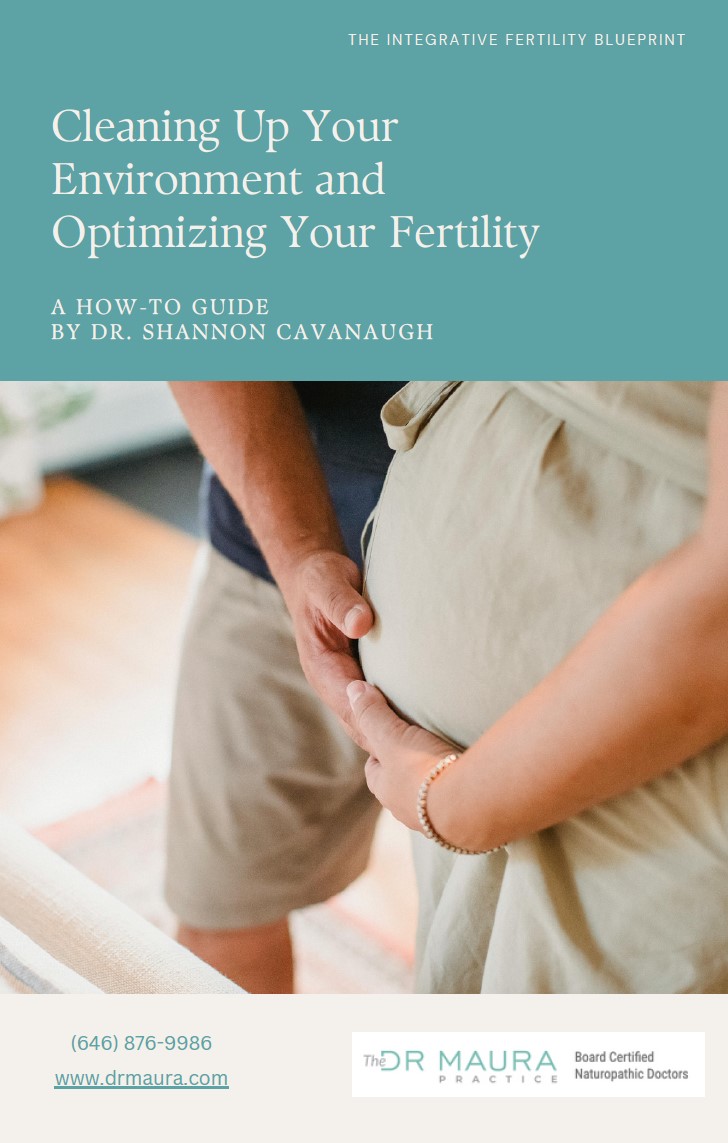(646) 760-6627

As kids who played outside endlessly during the summer, my mom would slather a bit of Coppertone on the faces of my brothers and me before we tore off to frolic in the water all day; no one worried about things like oxybenzone or nanoparticles seeping into our skin. Times have changed. Any glance at the shelves of Duane Reade or Whole Foods reveal a rather overwhelming number of products with any number of claims of being free of this or that. What are these things to be afraid of and what kind of effects do they really have? Should we be worried?
First, let’s look at how sunscreen works. Today, there are two types of sunscreen available: chemical and mineral. Chemical sunscreens work by said chemicals absorbing into the skin and soaking up the sun’s rays. These sunscreens were the products of choice for years until it was discovered that some of their ingredients were linked to hormone and endocrine disruption. Coppertone, Hawaiian Tropic and Banana Boat all contain this chemical called oxybenzone. The FDA has been incredibly lax in regulating sunscreen despite oxybenzone being linked to extensive free radical damage, low birth weight babies, increased estrogen and lowered testosterone in both men and women.
The solution then became mineral sunscreens that use zinc oxide or titanium oxide (nanoparticles) to actually block the sun’s rays; hence their other name: sunblock. Then it turned out that these nanoparticles can also produce free radical damage and have been shown in animal studies to cause birth defects and genetic damage. The debate rages on, though, about whether they are safe or not. A consumer advocacy group called Friends of the Earth urged people to stay away from products containing nanoparticles while another organization The Environmental Working Group deemed them safe.
As for SPF, this merely refers to the sunscreen’s UVB-protecting ability (these are the rays that cause scorching sunburns). What about UVAs (the ones that cause insidious wrinkles and, worse, cancer)? The FDA has been working on new guidelines for several years that would give all sunscreens a UVA rating (one to four stars). A New York Times article says explains that, as these regulations haven’t changed since 1978, the situation is unlikely to improve anytime soon.
Confused? Here are my bottom lines:
· Stay away from chemical sunscreens with hormone disruptors.
· Stay away from spray sunscreens because the nanoparticles are easily inhaled: a more dangerous method of ingestion than through the skin.
· If you can’t get your hands on European sunscreens with their extra UVA protection, use products that contain minerals zinc or titanium.
· Keep away from Vitamin A in suncreen, which in the typically used form retinyl palmitate can cause skin tumor and lesions.
Often, European sunscreens are far ahead of those available in the United States because they contain ingredients that are not yet approved by the FDA but are useful in blocking UVAs without the toxicity of zinc or titanium oxide. My favorite from among the European brands? Anything from La Roche Posay, particularly their Anthelios 40 Suncreen Cream UVA Protection with Mexoryl SX. For an exhaustive list, Environmental Working Group has ranked 1800 American sunscreens for their efficacy and safety. Among the top five:
1. Best for adults: Kiss My Face Natural Mineral Suncreen with Hydresia, SPF 40
2. Best for babies: Adorable Baby Clear Baby Sunscreen Stick SPF 30
3. Best for kids: All Terrain Kidsport Sunscreen Stick Skin Protectant SPF 28
4. Best moisturizer with SPF: 100% Pure Hydration Organic Pomegranate Antioxidant SPF 20
5. Best makeup with SPF: Avene Tinted Compact, Honey, SPF 50
6. Other brands I like: Alba Botanicals and Badger.
What else is a sun lover to do to protect him or herself? The FDA issued its new guidelines last year, which – gasp – barred the use of unrealistic claims like ‘waterproof’ and ‘sweatproof’from sunscreen bottles. Therefore, it’s important to reapply every two hours, whether you’re jumping in the water or not. Other tips:
· Minimize amount of time spent in the sun, particularly between 10 am and 4 pm.
· Cover yourself with long sleeves and a hat if you’re going to be out in the sun for a long time. Or use an umbrella.
· Don’t forget lip balm with SPF.
· Use aloe vera gel after being out in the sun to minimize damage.
 At the end of the day, try to strike a balance between enjoying the outdoor and roasting yourself silly. The sun is for us to enjoy, especially those of us in the Northeast who are sun-starved in the wintertime; we all need to store up extra doses of Vitamin D. Sun absolutely cures seasonal affective disorder by elevating serotonin, boosts the immune system, regularizes sleep/wake cycle, balances blood sugar. The sun even jumpstarts thyroid function! So, don’t avoid the sun, just be moderate and slather on the (toxin-free) sunscreen.
At the end of the day, try to strike a balance between enjoying the outdoor and roasting yourself silly. The sun is for us to enjoy, especially those of us in the Northeast who are sun-starved in the wintertime; we all need to store up extra doses of Vitamin D. Sun absolutely cures seasonal affective disorder by elevating serotonin, boosts the immune system, regularizes sleep/wake cycle, balances blood sugar. The sun even jumpstarts thyroid function! So, don’t avoid the sun, just be moderate and slather on the (toxin-free) sunscreen.
Ready to Transform Your Health & Well-Being?
At Flora Naturopathics, we are passionate about supporting you every step of the way. Schedule your personalized consultation today and embark on a journey to vibrant, optimal wellness. Don't wait, your path to a healthier, happier life starts here.
Fill out the form below to schedule your appointment. Have any questions? Give us a call at (646) 760-6627 and we'll be happy to help.

